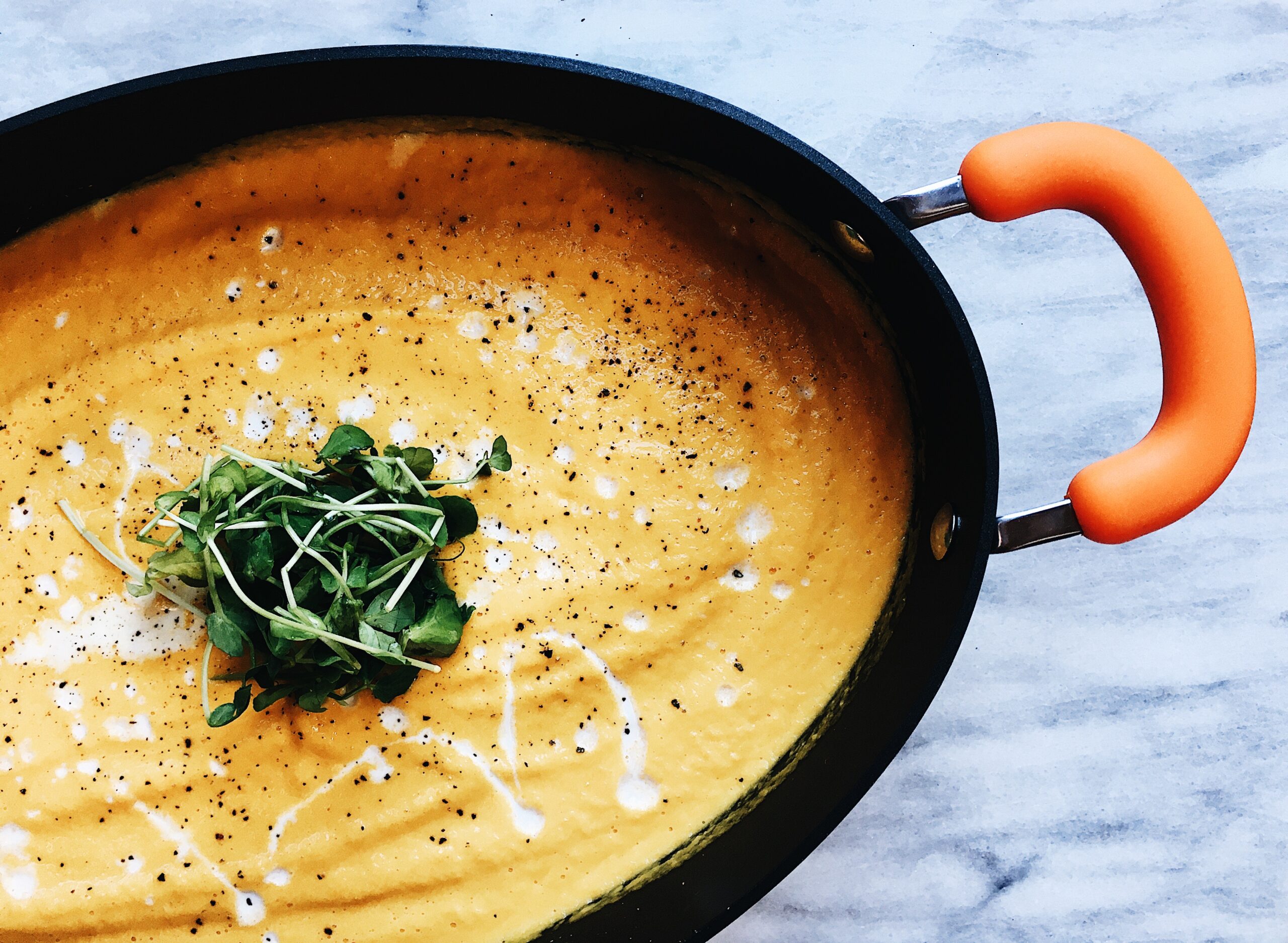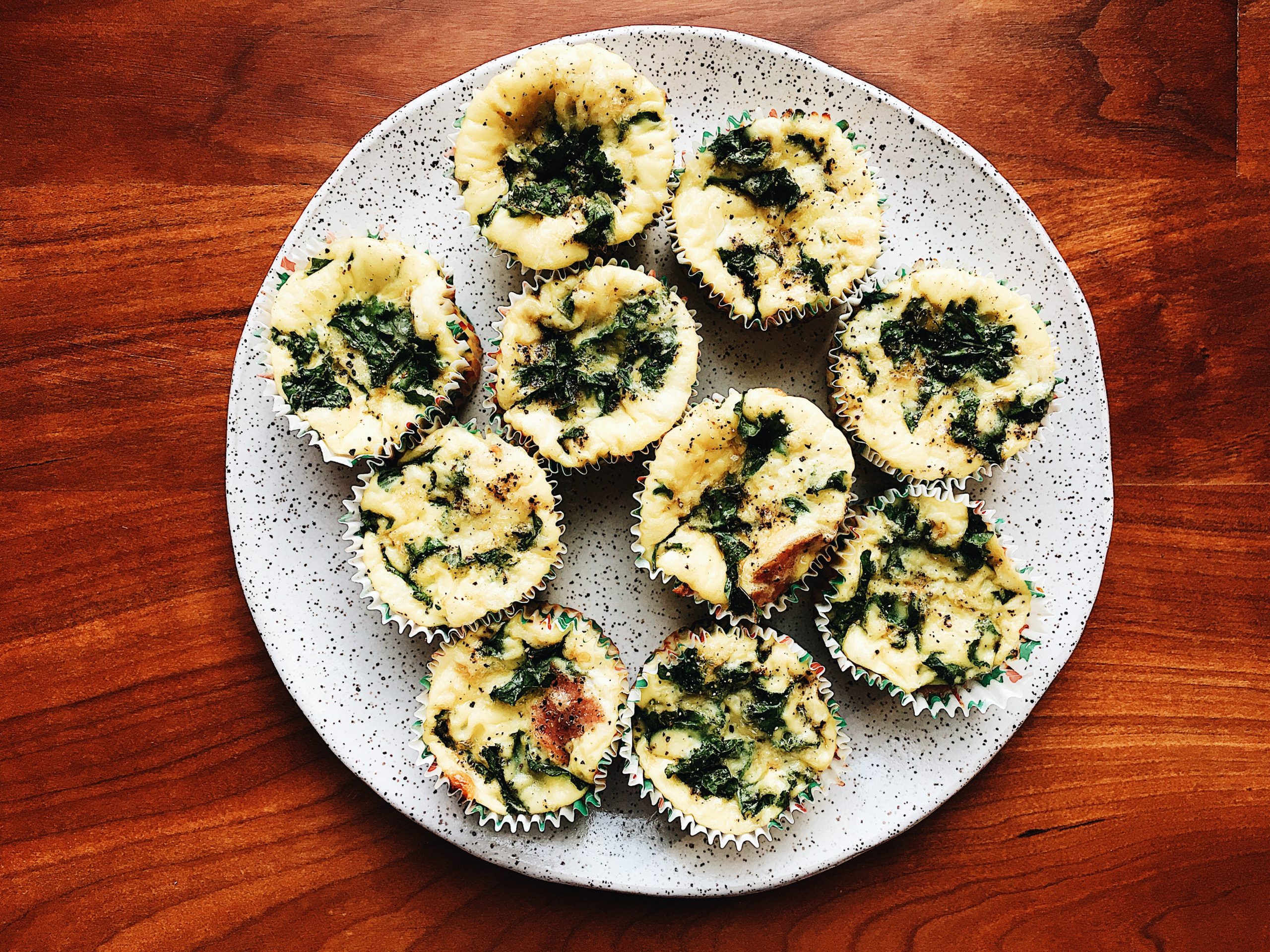
Root vegetables are the backbone of a farmer’s late fall harvest. However, they can be intimidating to those newly acquainted with local/seasonal eating. You may be surprised at how versatile and tasty all these roots may be. Here’s an introduction to our favorites:
 Turnips are some of the most maligned vegetables out there. And I admit, I was once a turnip hater too. The peasant-y food seemed a relic of a more bland culinary past, most appreciated by frugal grandmothers. But humble doesn’t mean tasteless and Taproot’s turnips are nothing to stick your nose up about. We grow 3 different kinds:
Turnips are some of the most maligned vegetables out there. And I admit, I was once a turnip hater too. The peasant-y food seemed a relic of a more bland culinary past, most appreciated by frugal grandmothers. But humble doesn’t mean tasteless and Taproot’s turnips are nothing to stick your nose up about. We grow 3 different kinds:
Hakurei is an Asian variety of salad turnip. It may remind you more of a radish than a turnip. It is juicy and crunchy, often sweet, and so tasty eaten raw. Cooked, it sort of reminds me of a water chestnut.
Purple Top turnips are what I think of when I think “typical turnip.” They are best cooked–mashed, roasted, or sauteed. If you are averse to the bitterness some people associate with turnips, try peeling the skin off before cooking. To further mask the bitter and bring out the sweet, check out my recipe for maple glazed turnips and carrots.
Gold turnips are similar to purple top turnips in texture and flavor, though their flesh is a more yellow hue. Pair with butter and/or cream.
 Radishes— who knew there were so many kinds?!
Radishes— who knew there were so many kinds?!
Salad Radishes are not just for salad anymore. Though they provide a wonderful crunch and punch of color to green salads, they are much more versatile than that. My favorite way? Sliced thinly and placed on top of a piece of crusty bread slathered with salted butter. They are also classically paired with tacos. We love the elongated, two toned French Breakfast variety as well as the standard Red Rover here.
Winter Radishes are typically bigger, denser, and more pungent than a salad radish–and you won’t typically find them with their greens still on. There are many varieties to choose from, all with their own characteristics, ranging from pungently spicy to mildly sweet. Our favorites: Red Meat (a.k.a. Watermelon) with its vibrant fuchsia centers; Green Meat with a Daikonesque shape and taste; and Spanish Black with its super dense and crunchy texture and spicy black skin. Try slicing a few of each very very thinly, then sprinkle with salt and lime juice for a shaved radish salad.
 Rutabaga is misunderstood. Most times, it just gets confused with the turnip because it is also a root with a purple top. But once you know what you’re looking at, it’s not hard to tell them apart. Rutabaga is creamier in texture and color. It is probably also going to be bigger and heavier with twisty turvy taproots. Peel and slice into fries, then coat with oil and bake at high temp for an unusual take on oven fries.
Rutabaga is misunderstood. Most times, it just gets confused with the turnip because it is also a root with a purple top. But once you know what you’re looking at, it’s not hard to tell them apart. Rutabaga is creamier in texture and color. It is probably also going to be bigger and heavier with twisty turvy taproots. Peel and slice into fries, then coat with oil and bake at high temp for an unusual take on oven fries.
Carrots. Hopefully these don’t require too much explanation. Just one note: after eating a freshly grown, frost-sweetened Taproot carrot, you’ll never touch a bag of shaved down “baby carrots” again. If you get bored of your go-to carrot applications, check out these 8 recipes featuring carrots and don’t forget all the ways you can include carrots in breakfast and dessert.
 Parsnips look like albino carrots. It’s no coincidence–they are quite related. If you like carrots, you will definitely appreciate and earthy flavor of the parsnip. Unlike, carrots, though, they must be cooked. Try peeling, chopping, and simmering in just a bit of milk until tender. Then puree with a bit of butter. Or my favorite, as an addition to a roasted veggie medley.
Parsnips look like albino carrots. It’s no coincidence–they are quite related. If you like carrots, you will definitely appreciate and earthy flavor of the parsnip. Unlike, carrots, though, they must be cooked. Try peeling, chopping, and simmering in just a bit of milk until tender. Then puree with a bit of butter. Or my favorite, as an addition to a roasted veggie medley.
Sweet Potatoes
are not potatoes at all. They are actually related to morning glories. They are also not the same as yams, but over time yam has become an interchangeable word referring to the orange-fleshed thing we know as a sweet potato. At Taproot, we also grow other varieties that look and taste a bit different. The Japanese sweet potato (with purple skin and white flesh) is denser and drier, but also sweeter. It’s best to bake it whole with the skin on.
Sweet potatoes get sweeter after they are given a chance to cure–after harvest, we store the roots at about 85 degrees so that their skin dries and sweetness develops. After this, they should be stored dry in a cupboard or pantry. Refrigerating sweet potatoes will damage them!
 Celeriac (a.k.a. celery root) is ugly, but below its knobby, hairy skin lies a secret weapon for winter cooking. It has a mild celery flavor and potato-like texture. It is not as starchy as a potato, though, so you can definitely eat it raw as well as cooked. Add celeriac to any stew, soup, mash, roast, or casserole (like my scalloped celeriac and potatoes) for a little kick of just what you’ve been missing. Or shred it and use it as a replacement for green celery stalks (bonus: no stringy bits!) The traditional French way is celeriac remoulade—shredded celeriac dressed in a creamy mayo dressing.
Celeriac (a.k.a. celery root) is ugly, but below its knobby, hairy skin lies a secret weapon for winter cooking. It has a mild celery flavor and potato-like texture. It is not as starchy as a potato, though, so you can definitely eat it raw as well as cooked. Add celeriac to any stew, soup, mash, roast, or casserole (like my scalloped celeriac and potatoes) for a little kick of just what you’ve been missing. Or shred it and use it as a replacement for green celery stalks (bonus: no stringy bits!) The traditional French way is celeriac remoulade—shredded celeriac dressed in a creamy mayo dressing.
Text and photography by Katie Darlington- Taproot employee, home cooking enthusiast, and farm-to-kitchen blogger. More of her recipes and writing can be found on her own blog, A Season to Taste.





